Continuing the theme of “If at first you don’t succeed…” Regular followers may recall that my walk to the Tsalet d’Eison on May 9th was also hampered by snow. So yesterday, I decided to try again, but this time going in the other direction and taking in the small hamlet called L’A Vielle, where there is a Buvette which is normally open for drinks and snacks, but not yesterday sadly.
With quite some distance to cover. I mad a pact with myself not to chase down and stalk too many butterflies, otherwise I might still have been there today! So I basically only photographed those which landed in front of me and begged me to make them famous all around the world… And in 2 different places there were, what I’ve called, ‘Flotillas’ of butterflies, ‘puddling’ on the damp soil.
This was only upstaged by a group of people herding some Yaks along the path. For a moment I thought I was in the Himalaya. And, funnily enough, we passed each other at the exact spot where the snow had blocked my way last time.

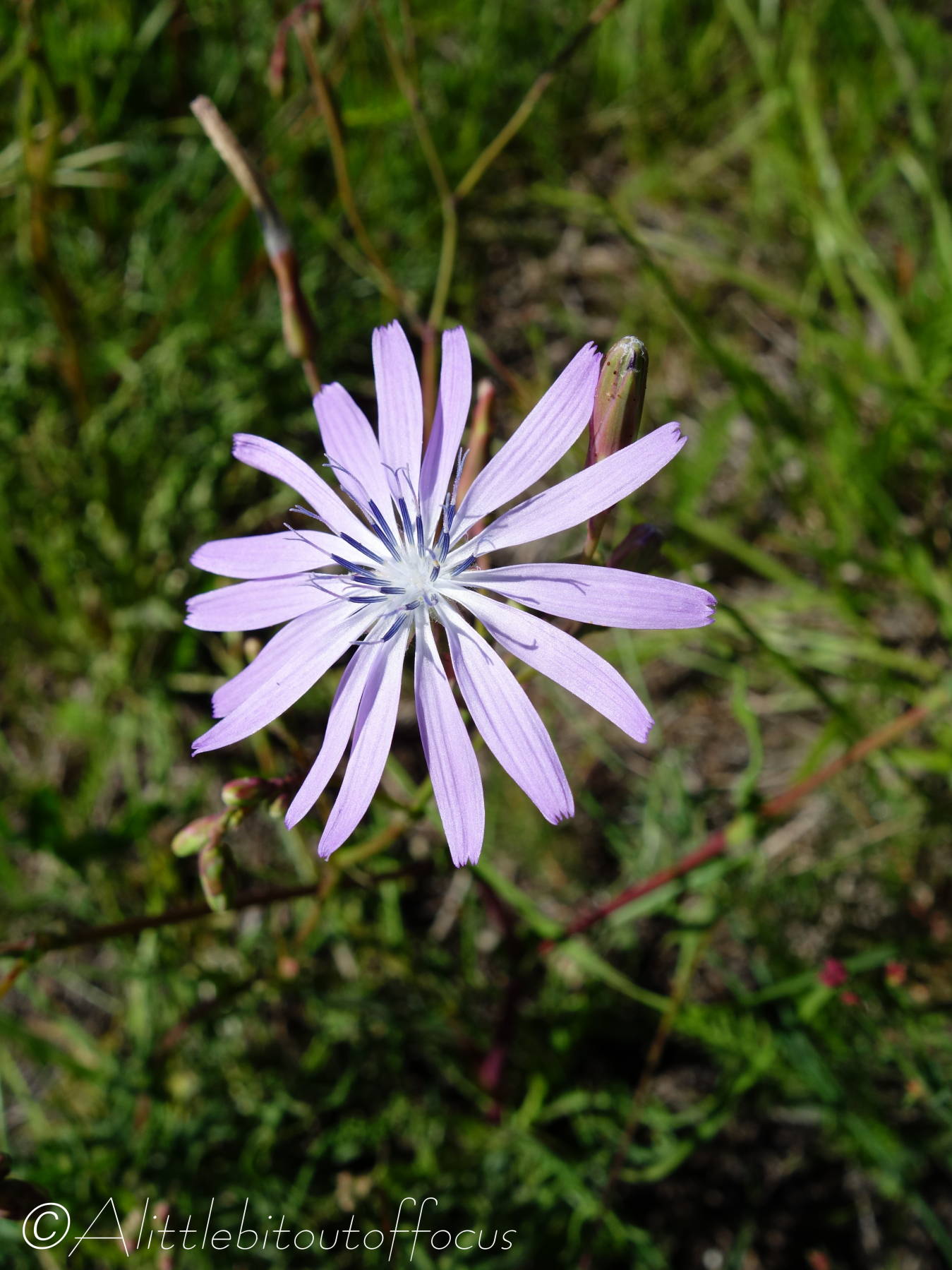











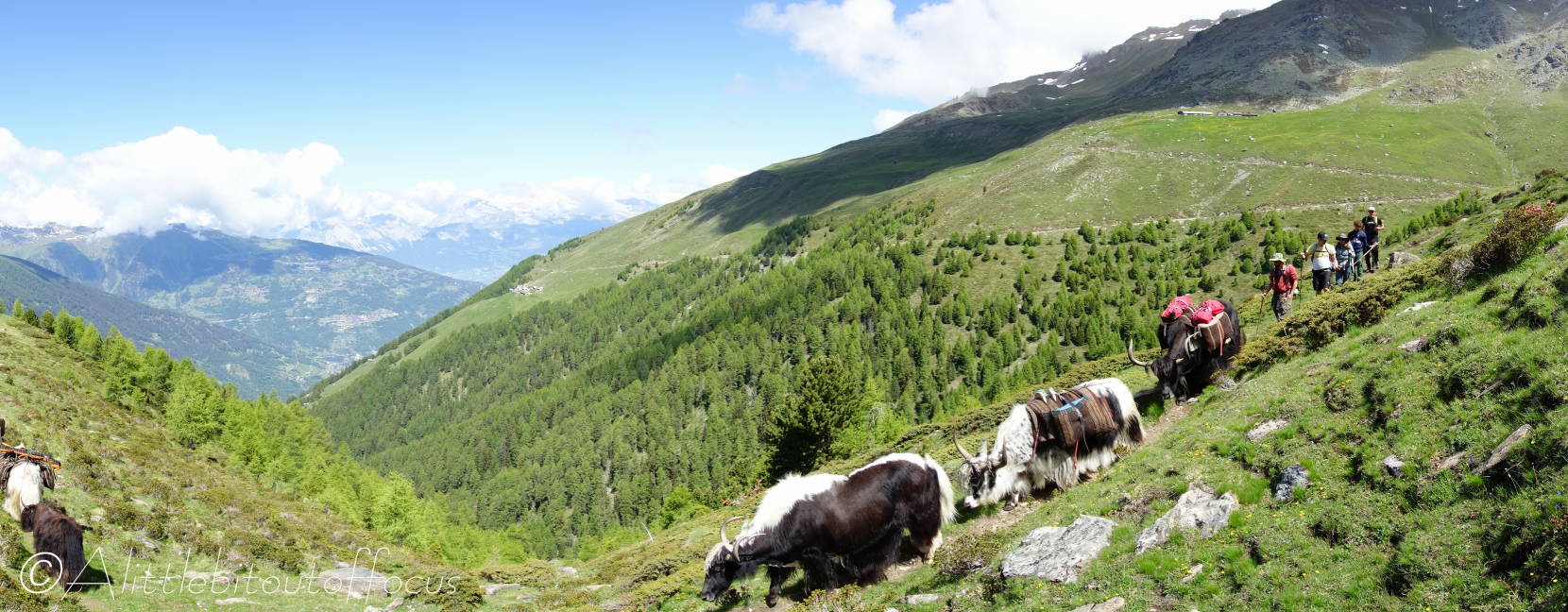



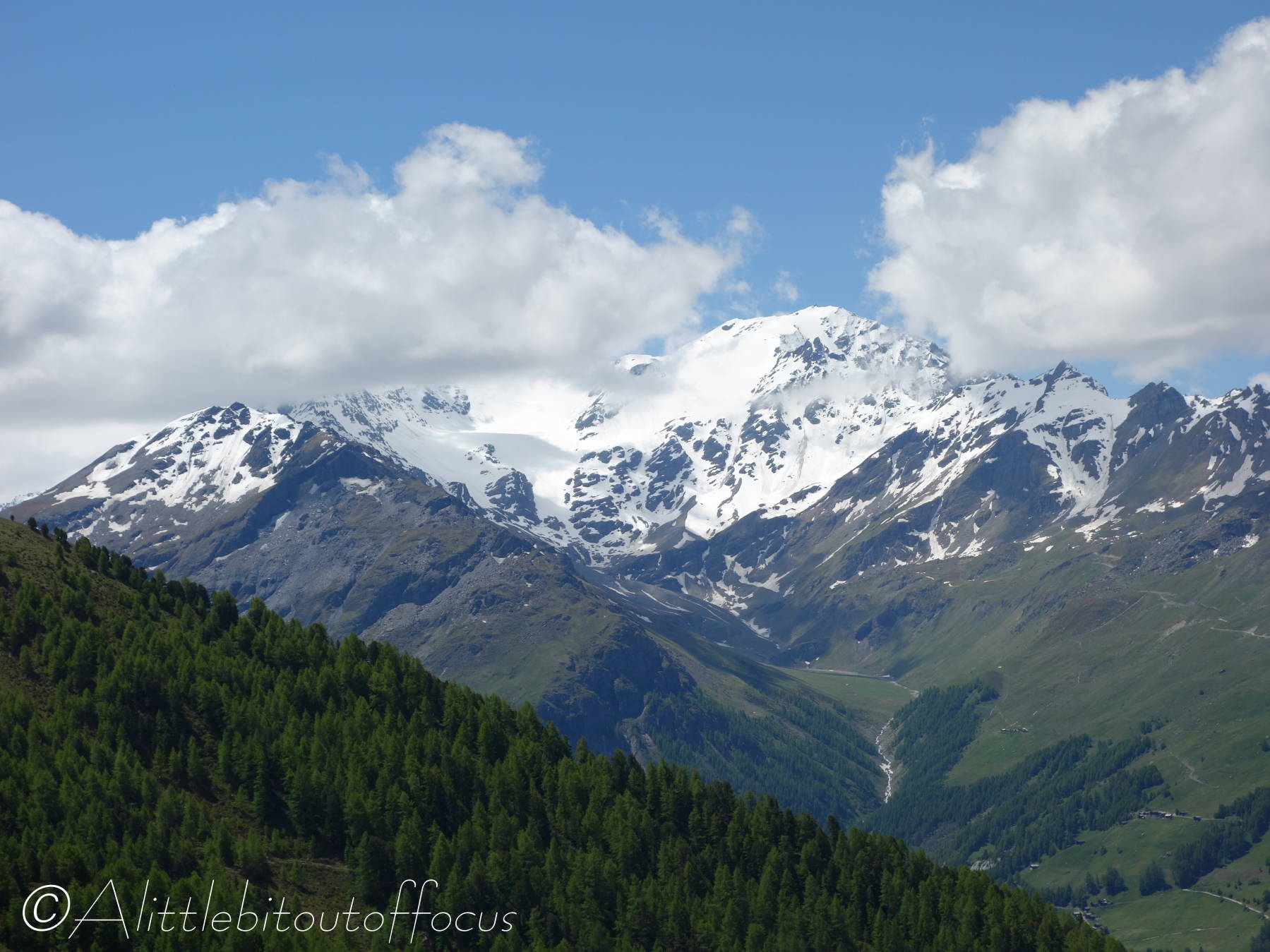

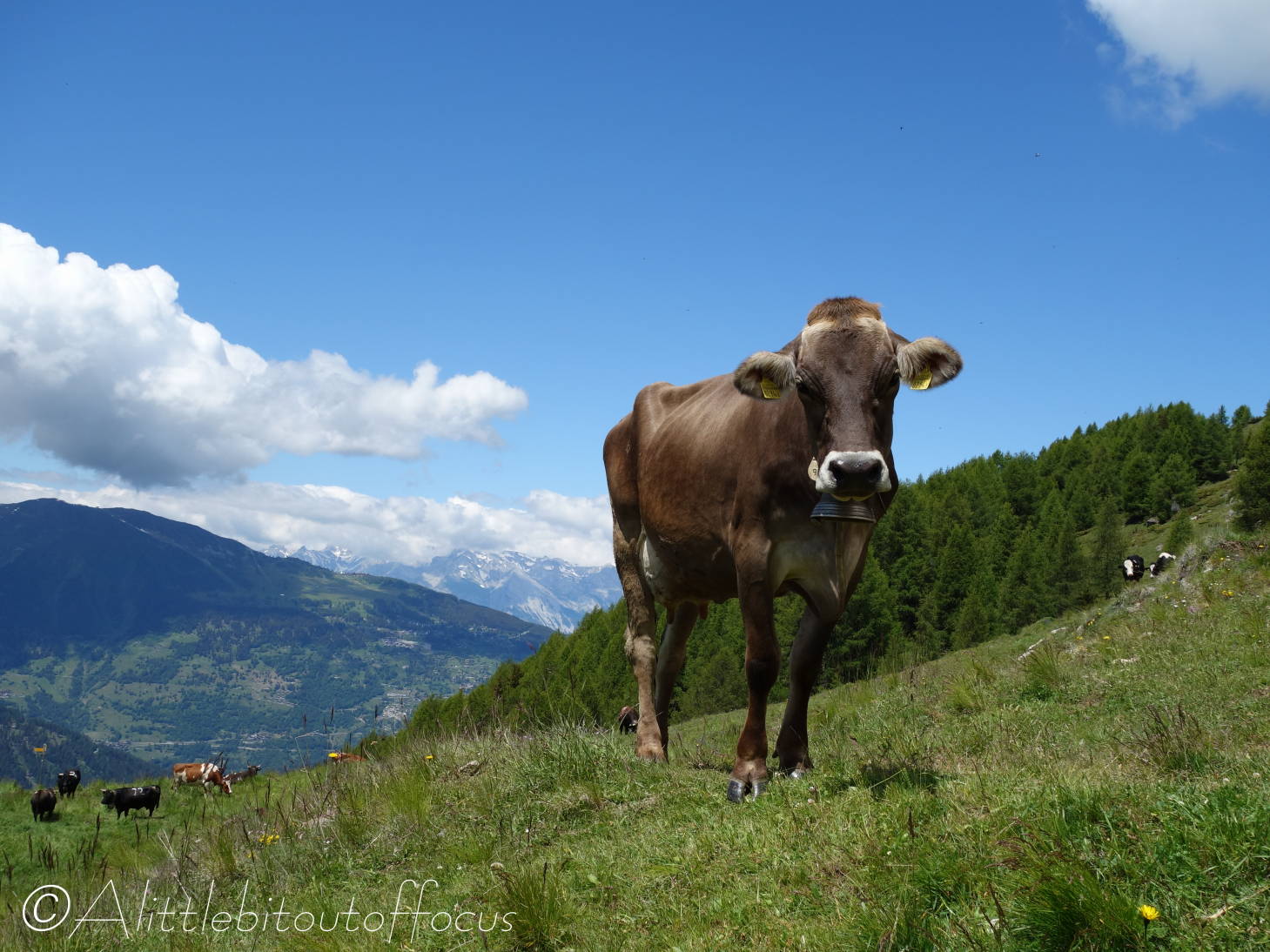





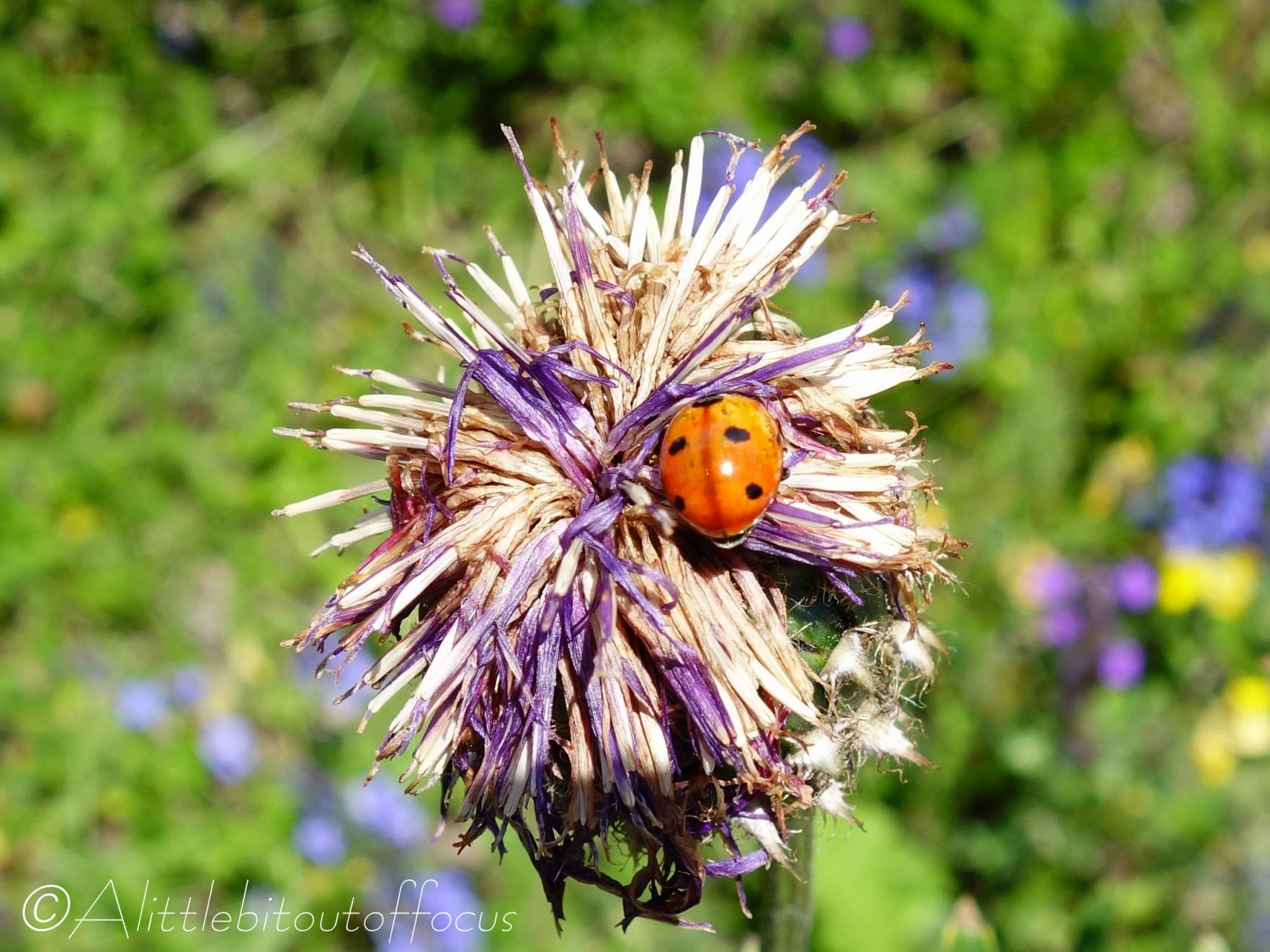


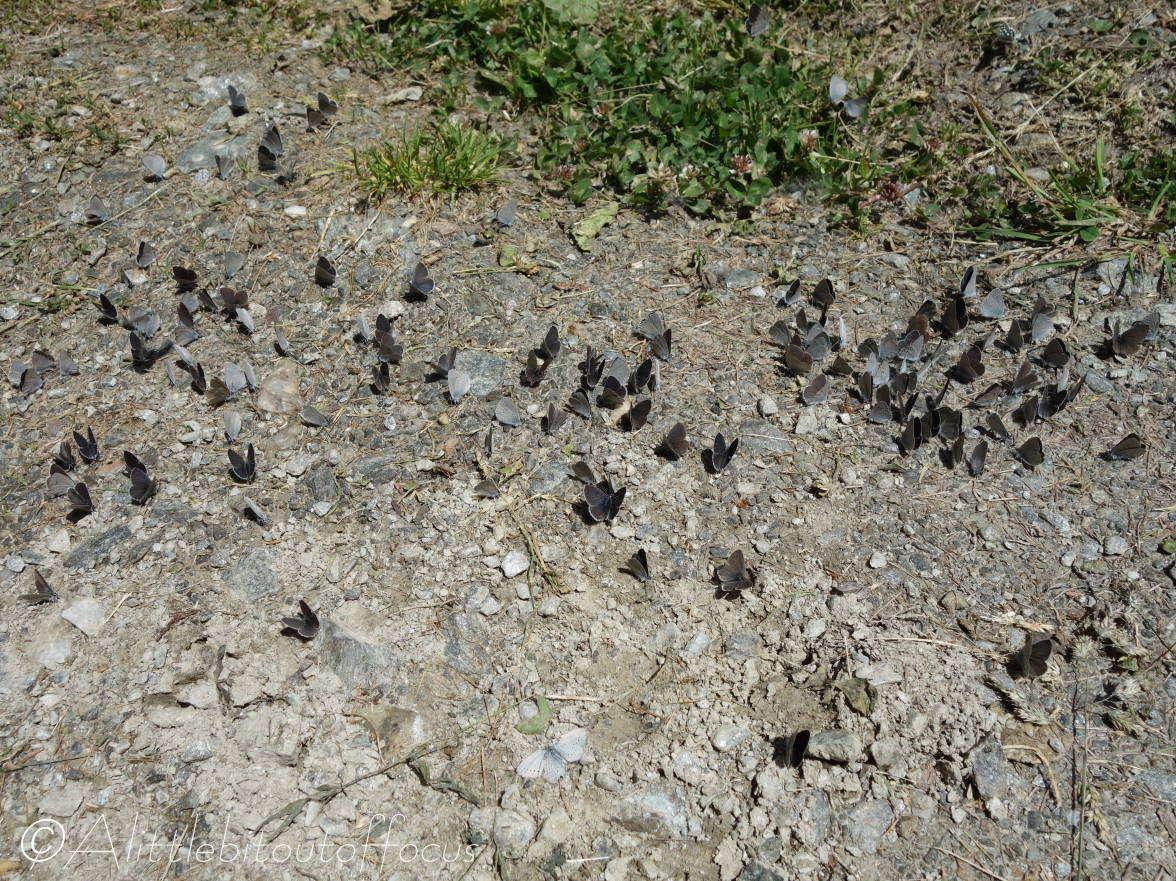


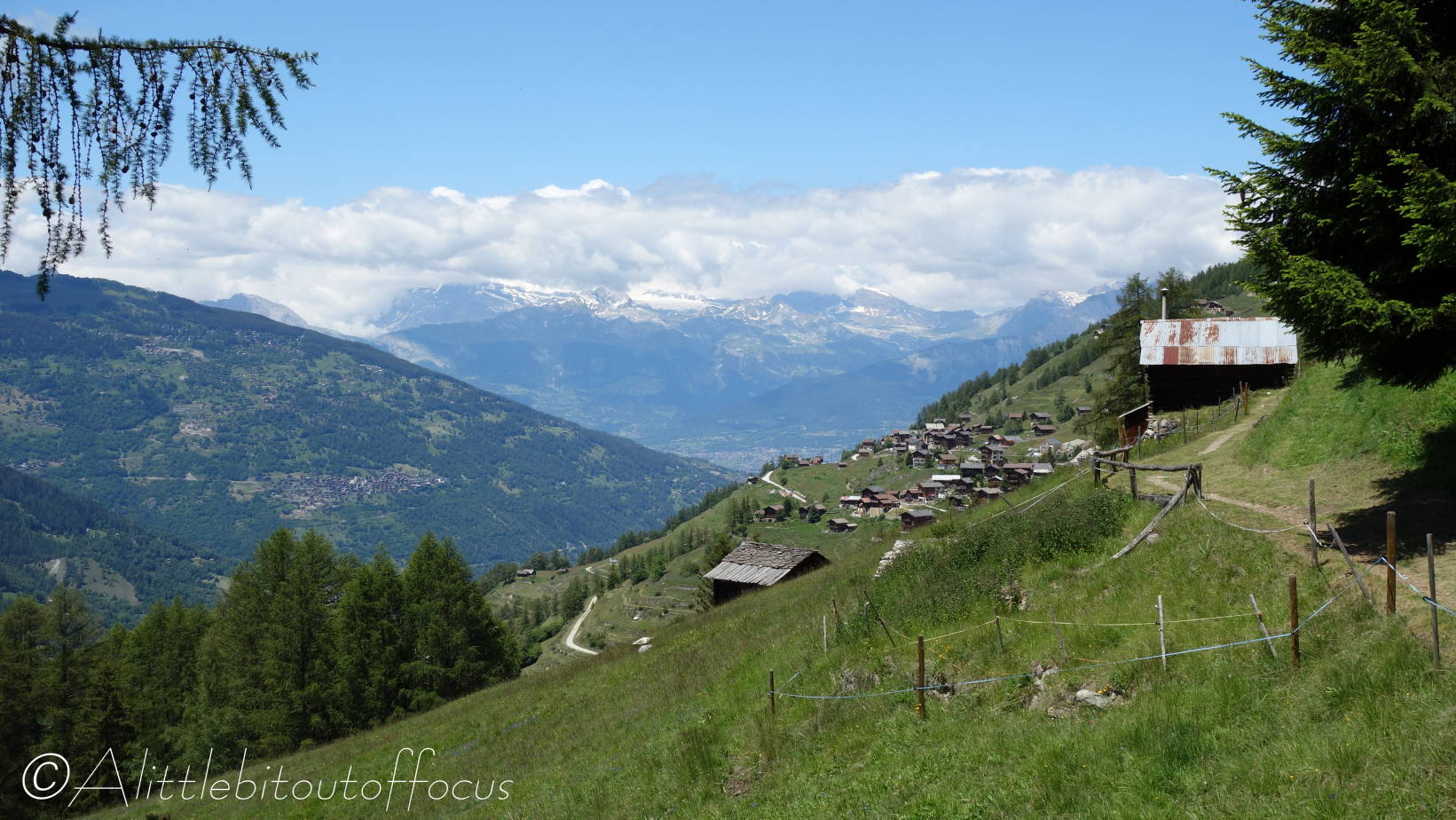
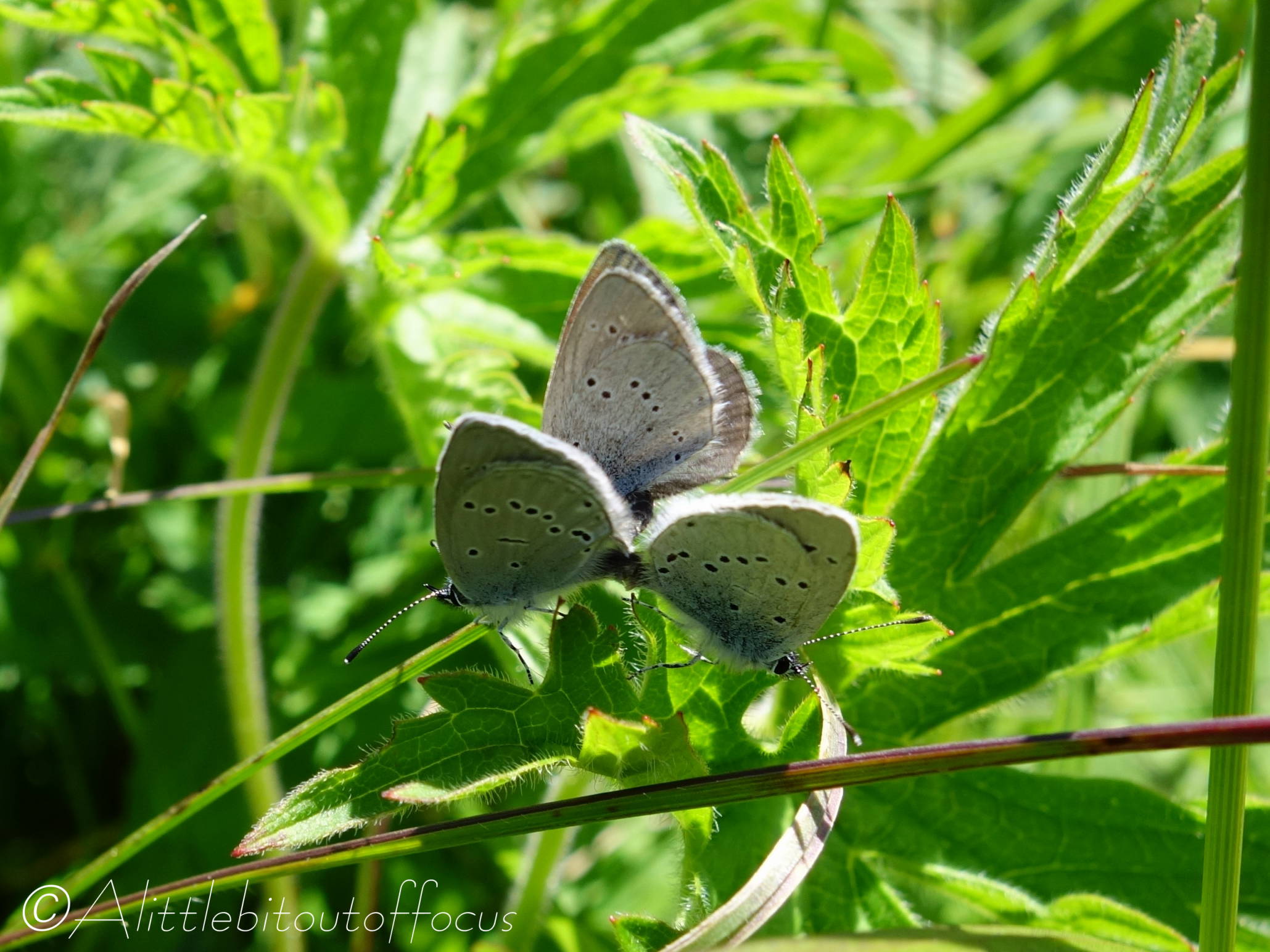


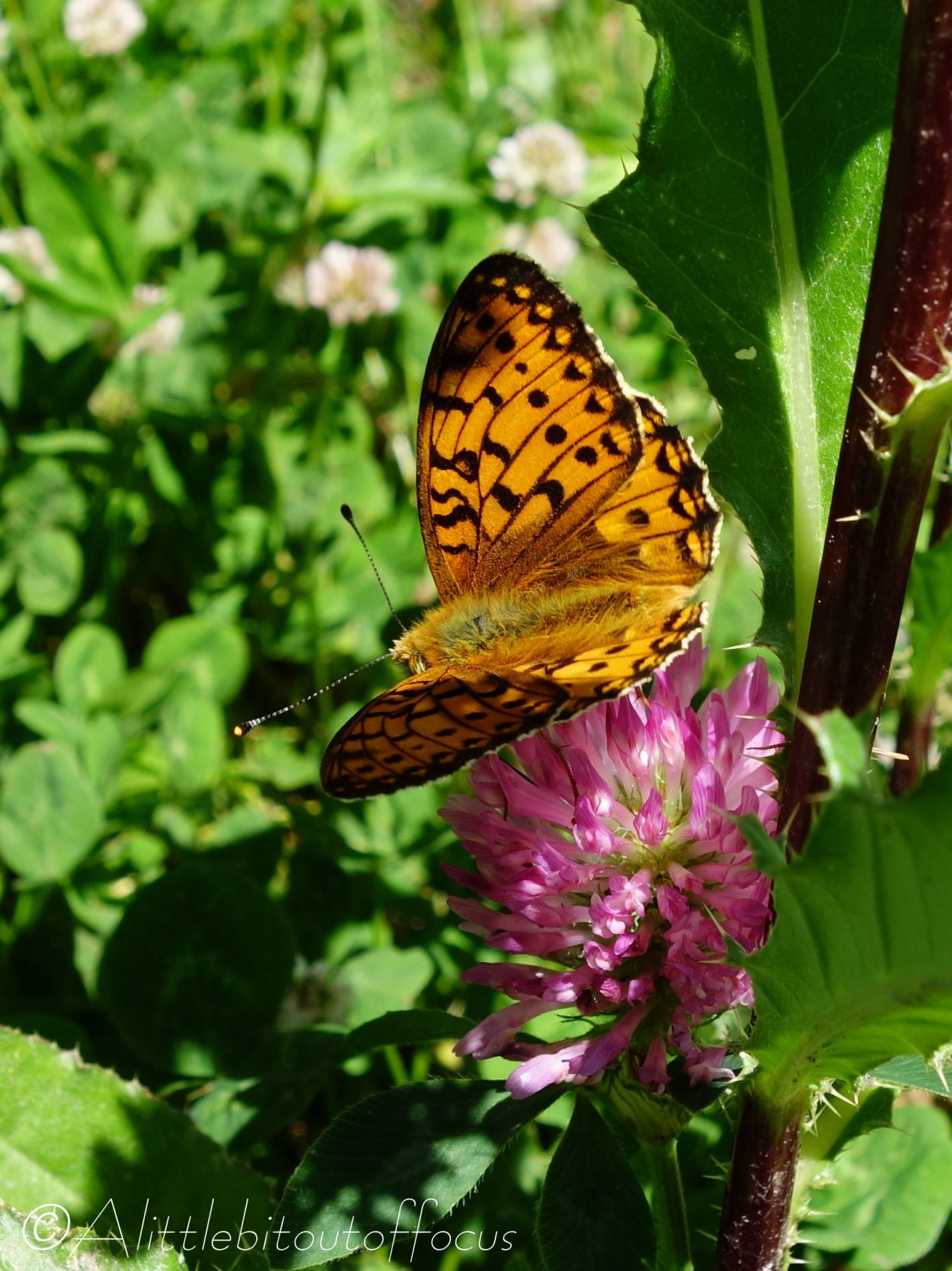
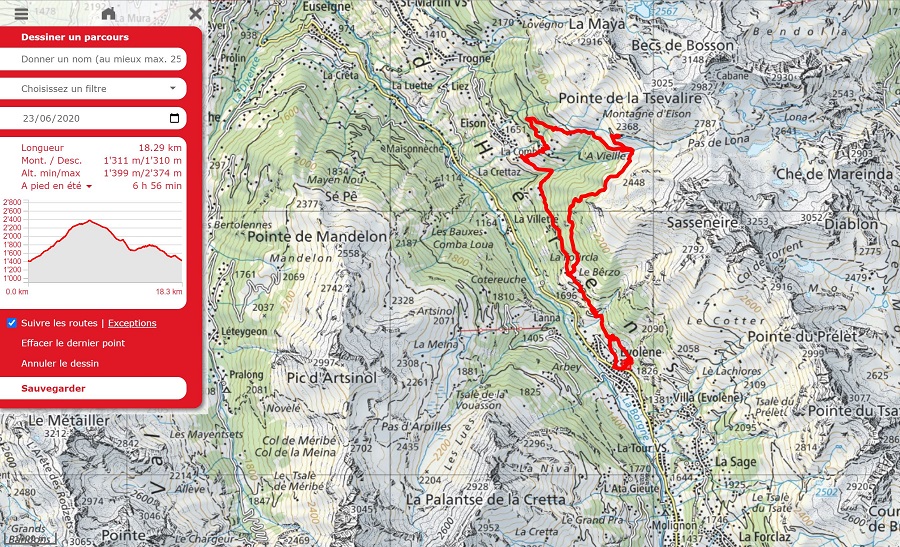

Lovely set Mike, looks like you had a great day.
LikeLiked by 2 people
Yes, thanks Brian. I’m always torn between butterfly hunting, finding ‘new’ flowers and/or just having a good old fashioned walk. It’s still early season, so this was a ‘medium’ degree of difficulty. And I’m surprised my app tells me it was 1300m of climbing – I had designs on going up to the Pas de Lona and the Becs de Bosson hut, which certainly would have put it into the ‘hard’, if not ‘extreme’, category.
LikeLiked by 2 people
Mike, this was such a pleasure, to walk with you on this alpine path in the Alps. The butterflies are magnificent! So many species, and beautifully photographed. You make photographing butterflies and hiking in the Alps look so easy, my friend. The yaks, and cows, chalet, mountain stream, valleys and vistas — truly a joy to see…thank you.
LikeLiked by 1 person
Thank you so much Jet. It makes me extremely happy to know that you’ve enjoyed my post and photographs. 😊
LikeLiked by 1 person
Such a lovely walk! The photos are fabulous. Whenever I see the sheer number of butterflies and moths in the Alps, and the diversity of species, I mourn the loss of our meadows. I love to see the butterflies puddling as well. Tell me, do you ever see any salamanders/lizards on your walks? I’ve only ever seen one of each in Austria after fifteen years of visits…
LikeLiked by 1 person
Thank you Vivienne, you’re too kind. The farmers started cutting the meadows yesterday (with 3 days sunshine forecast), so there will be a few less flowers for the butterflies, etc. to enjoy I’m afraid. Though there are so many areas that cannot be cut that I’m sure they will all survive. I do see a few salamanders and lizards. (I missed an opportunity of the latter yesterday). I’ve seen salamanders in Lac d’Arbey and the pond near Ferpècle, but they are hard to photograph of course. And those little green lizards are quite common too, but they are harder to catch on camera than the butterflies. I recall seeing one as early as April on my ‘Passarelle’ walk – see picture here: https://alittlebitoutoffocus.com/2020/04/17/circular-walk-to-the-passarelle-de-la-grande-combe-via-euseigne-val-dherens-switzerland/#jp-carousel-20979
Btw I am now the proud owner of “Europe’s Dragonflies”, following your post, so many thanks to you for sharing that (and my wife for buying it for me! I think she enjoyed our trip to the Foret de Pfynges as much as, if not more than, I did).
LikeLiked by 1 person
Seriously beautiful, unspoiled countryside. I’m guessing they’ve been grazing cattle there in the same way – apart from those large identification numbers on their flanks! – for hundreds of years. The variety and number of wild flowers can’t have changed much in that time either. Butterfly paradise! Nice pics.
LikeLiked by 2 people
Thanks David. Yes, I’m totally spoilt when it comes to wild flowers and butterflies. The farmers keep their cows in their sheds the whole of the Winter and part of the Spring and only bring them out around the end of April. Even then it’s only recently they’ve taken them up to the ‘alpage’ (or mountain meadows). The d’Hérens cows are noted for their ‘fighting’, (they can lock horns and push and shove to work out the pecking order), so it’s perhaps no surprise that the farmers take great pride if their cow is the supreme ‘queen’ of the herd. Normally they have a special event, more recently in a purpose built arena, but this year the farmers have just had to take them up and stand by while they sort it out themselves. The numbers help them keep track of who’s superior to whom, so that they can pit ‘winner x’ vs ‘winner y’. (Each farmer only has about 10 or 12 cows and, once gathered together, they leave them all up there for the Summer – with a few people looking after them to do the milking, etc.) Yesterday they started cutting the grass to make hay for the winter, so quite a few flowers have now gone, in the valley at least, but there’s still plenty left. The relative ‘delay’ in cutting has meant that many creatures, birds, butterflies, etc. have already managed to re-produce. It’s certainly very traditional way of working/living and it obviously works a treat for the wildlife. (Not that my wife is very happy at the moment, as something ate her lettuces and beetroot stalks last night! It could be the deer we saw the other day near our neighbour’s chalet).
LikeLiked by 1 person
All sounds very traditional and low impact-on-the-ecology farming. Great stuff. A friend here who is involved in the welfare of the Great Bustards on Salisbury Plain was saying that they had look outs on the fields where farmers were making hay relatively early in the season, so that if a Great Bustard got up and flew from her nest as the tractor/cutters passed nearby, they could contact the driver by mobile phone and warn him to stop while they investigated. They saved several eggs this way and they’ve had a pretty good year, incubating and raising young so far. The farmers are cooperative and helpful, but nevertheless when you’ve got tractors zooming around at high speeds and cutters with an astonishingly wide reach, you’re always going to have casualties. The best sites round here for plants and butterflies are on steeper slopes that have been grazed traditionally and never been plowed or cropped for hay. Can see you’re not short of a few steep slopes round your way! Which must help. Lovely to see the richness of the plants and wildlife that I’m guessing would have been fairly common in much of Europe a few generations ago.
LikeLiked by 1 person
Yes, it is very traditional farming. Though they have moved on to using some tractor type driven cutting machines, but they only work on the bigger, flatter fields. Most of it is done via someone guiding a mowing machine, which has a set of cutters at the front (think hammerhead shark and you may get the idea). I should do a post. 😊 Once cut, it’s then left for a day and someone comes back to turn it and then ‘row’ it up the following day – usually with a machine but often by hand and then usually ladies with big wooden rakes. And then a sort of truck is driven over the row of hay to gather it up into the back, before taking it back to their farm. I must have seen nearly a dozen of these trucks on my way up to the nearby village today.
However, it’s good to know though that farmers in the UK are at least helping to care for some species.
LikeLike
A very nice set of captures, Mike, the tunnel vision shot is pretty cool!
LikeLiked by 1 person
Thanks Donna. I nearly didn’t select that tunnel picture. The path itself looked much better than the photo, but it seemed a good ‘starter’ to the gallery of images.
LikeLiked by 1 person